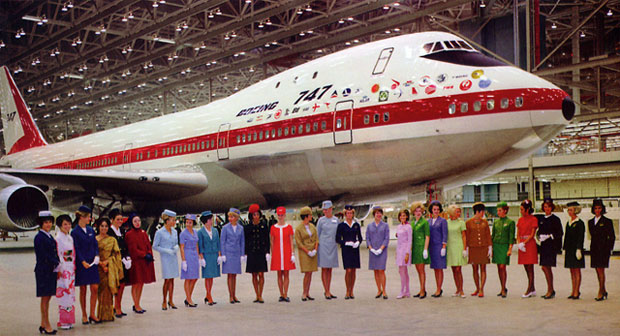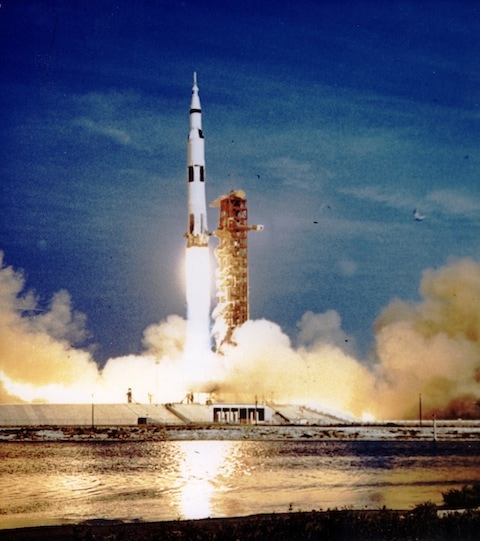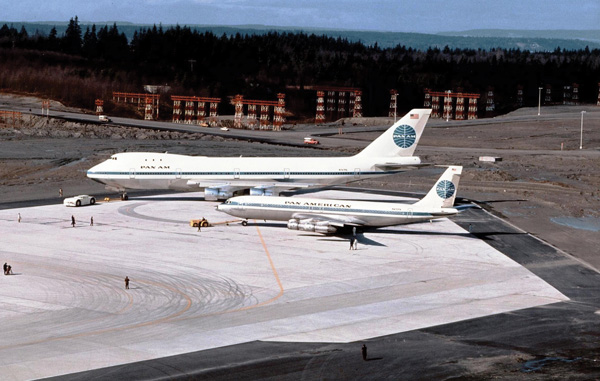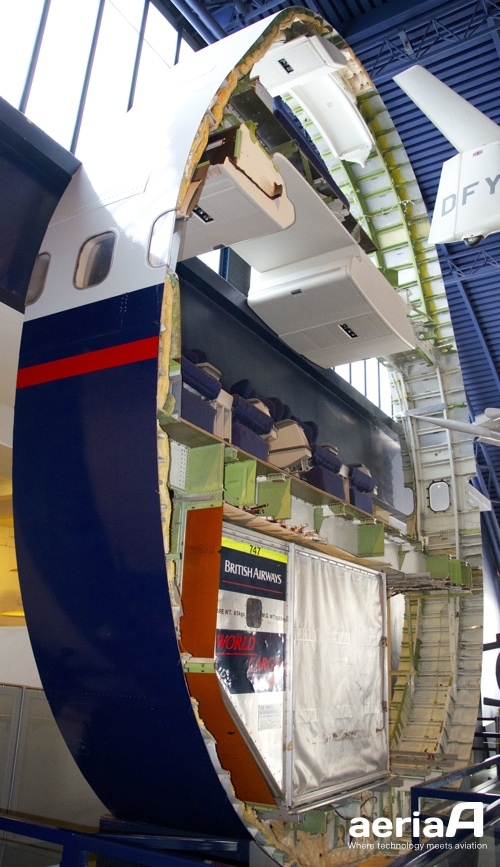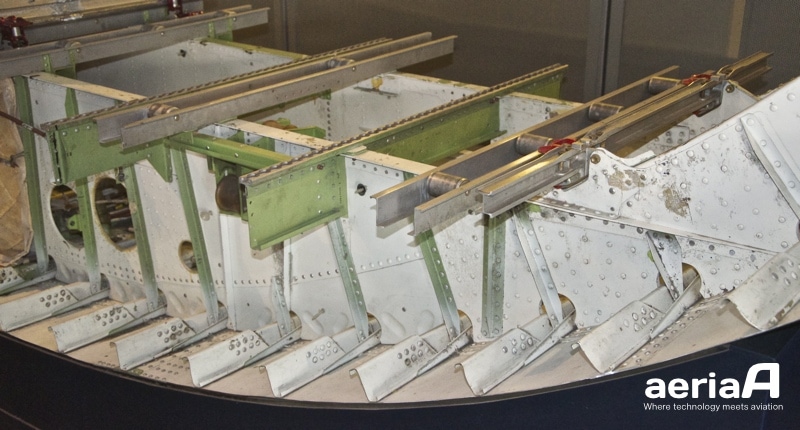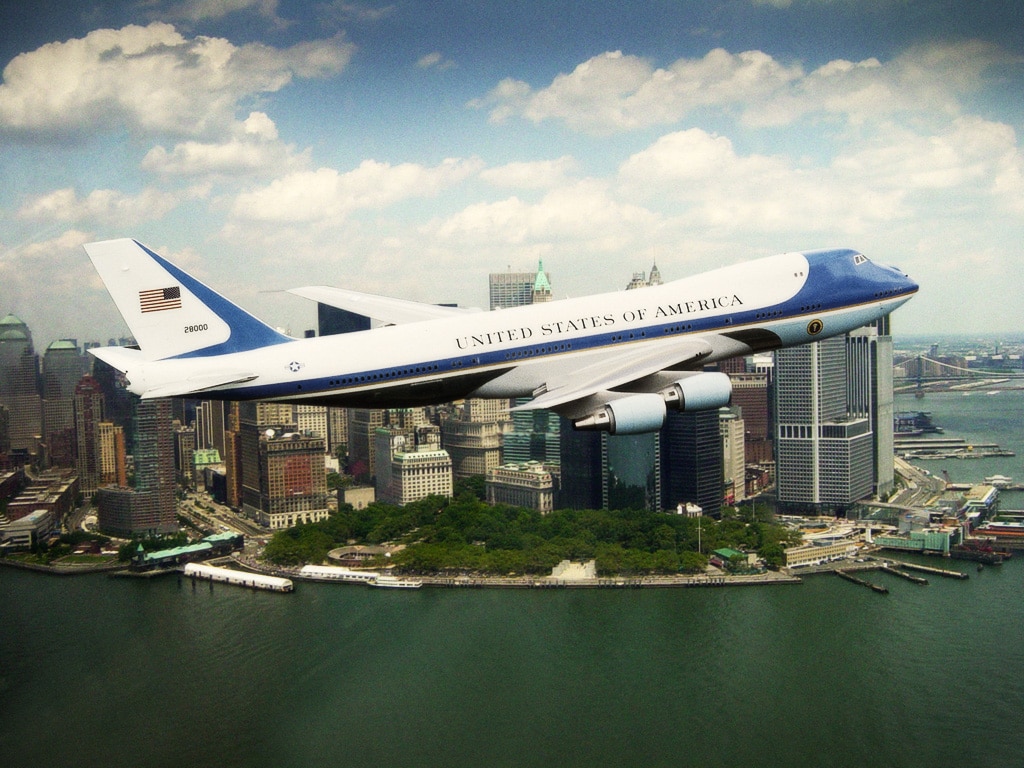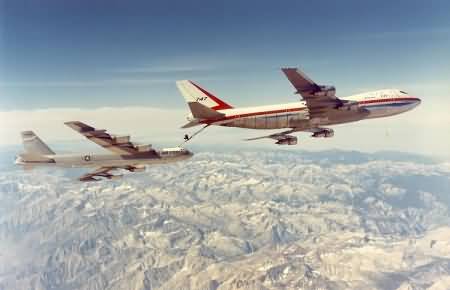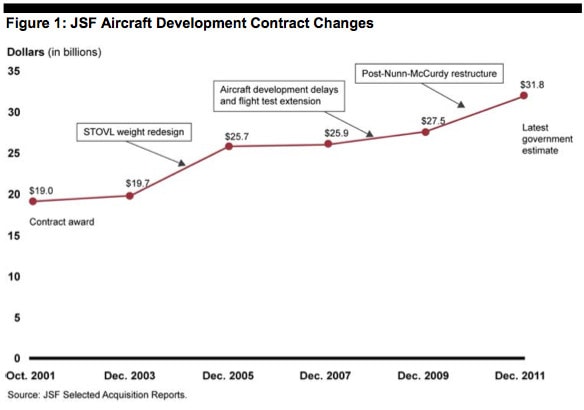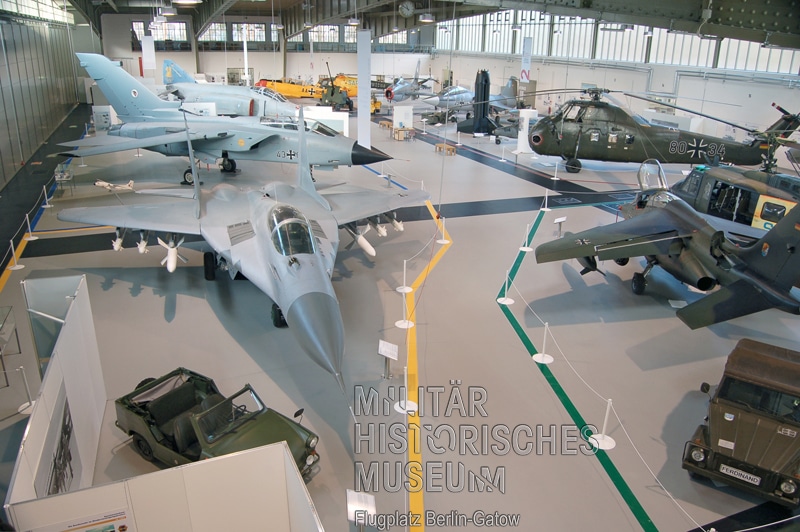The 747’s story is the story of its Principal Engineer, Joe Sutter, it is the story of Boeing, it is the story of the “right plane”, it is the story of “The Incredibles”, it is the story of the aviation’s golden age, it is the story of the “Queen of the air”, it is the story of PanAm and its CEO Juan Trippe, it is the story of Project Management, it is the story of “Human-centered-Design”, it is the story of writing the FAA’s flight testings regulations, and it is the story of the beginning of travel by plane democratization. All these stories are represented by the Boeing 747. Come on board and fly through this story.
THE BEGIN OF THE STORY.
August, 1965. PanAm asked Boeing for a bigger plane than the successful and breaking plane Boeing 707. In those days the 707 and the Douglas were the biggest airliners with a capacity of 140 seats. But PanAm’s CEO Juan Trippe wanted a 400 passengers plane for intercontinental flights. These crazy requirements for this era were not to far for another craziness project in those years the supersonic, and the really star Boeing’s project funded in cooperation with the US Government, the SST-2707 a 240 seats “missile” up to reach three times the speed of sound and larger than the 747 finally was, it was intended to exceed the performance of the Anglo-British Concorde. The best Boeing’s engineers were assigned to the SST-2707.
The other star project of this year was the recurrent deal “fight” between Boeing and Lockheed, in this case, the military C-5 transport plane, that won Lockheed. Why it is important this? Because this competition had a key success factor, the new engine’s technology needed for lifting the hundreds of tons of the future C-5 Galaxy, the evolution of the first engines, turbojets into the turbofans, quieter, fuel efficient and with a smaller takeoff distance performance. The Boeing-Lockheed “war” was a fight competition between engine makers General Electric and Pratt & Whitney, in this case GE got a better turbofan performance than P&W, so Lockheed won.
It was the first time that a new engine technology, the turbofan, facilitated a new airliner type. In the previous decades the engines were always behind the airliners’ development and design. Boeing learned from the C-5 failed competition and quickly applied to the requirements of the 747.
The SST-2707, the C-5 competition and yet another Boeing project were eclipsing the 747 project, that project were the Saturn V rocket that finally put a man on the moon. Does anybody today wanted to be a Boeing engineer during those years? I do 🙂
THE DESIGN PHASE.
The 747 program were formally launched on april 1966, Boeing believed that the 747 would achieve 50 orders as an airliner, they viewed the 747 would have more success as a cargo plane, so they start to design it for passengers and freighter use. They began to design the 747 as a double-decker configuration (as the Airbus A380 is), as PanAm required in the thoughts of Juan Trippe, but soon the evacuation emergency procedures makes them change their mind, it would be difficult to evacuate safely in 90 seconds. So the new proposal arose, a very very wide single decker with two aisles, never seen before. But why they put the bulge at the top? Because its freighter nature and aerodynamic reasons, it was needed for the cargo load through the airplane’s nose. This single-deck configuration in front of PanAm’s specifications, made the young Jose Sutter faced to PanAm’s CEO and put in danger the program. They convinced PanAm with a brilliant and simple solution, a clothesline rope with an exact length of the cabin width, 6,1m, the same measure than the room, at New York PanAm headqurters, were they celebrated the “breaking-news” meeting, that was the double of any commercial plane in those days. The PanAm staff incredulity with that vision needed more evidences so, Boeing built two cabin’s mockups withe the two configurations, the double-decker and the two aisles wide cabin. PanAm people step into those mockups, and the decision were clear, the double-decker were some distressing and not to safe in case of emergency, the single-deck configuration were comfortable as the living rooms, but the commercial vision of Juan Trippe arose again, what was the purpose of the bulk space behind the flight deck? Boeing had in their mind a space for the crew member’s rest area in long flights. “No, no, no, this is going reserved for passengers!” So, this is the story of the characteristic 747’s shape.
As Juan Trippe said, that plane will be “a great weapon for peace, competing with intercontinental missiles for mankind’s destiny” (The Cold War) The measurements were huge, compared with the first series of 707:
- 59,6m wing span. (39.6 in 707) 70.6m total length. (39 in 707)
- 9800km range. (5.681 in 707)
- 333.400kg of maximum take off weight. (86.000 in 707)
- 895 km/h cruise speed.
- 366 to 452 passengers configuration. (141 in 707)
- 183.380 litters of kerosene. (65.590 in 707).
You can appreciate the differences in the following picture.
These measurements made Boeing to build the largest Boeing’s plant in 1966, the factory were not completely built when the first 747 were finished inside it.
THE BUILDING PHASE.
The 747 were a huge plane to build, and Boeing recognized that they could not build it alone, so the outsourcing came to the scene, and Northrop build a lot of body sections, Grumman (not merged yet with Northrop) the trailing-edge flaps, etc, etc. That was another milestone in the industrial airplane programs, the cooperation between manufacturers.
The 747 project had many difficult moments, anecdotes and innovations:
- As said before in that period of Cold War the russians wanted to know why Boeing put the engines in front and below the wings, that was unconceivable for them, and the US engineers wanted to learn how to deal with the titanium, because the faced a lot friction problems in the SST-2707, because Mach 3 speeds generates a lot of heat and need new materials that were difficult to work with. So they put a secret meeting in Paris and the knowledge exchange took place. Later the SST-2707 were cancelled and the russians take almost two decades in building its first jetliner with the engines below the wings, not in the tail.
- The 747 were built with quadruple hydraulic system redundancy, this saved a lot of lives later in an emergency.
- In the late 1967 the cost of the 747 program were of 5$ millions per day, 4.500 people were involved, 2.700 engineers and they asked to Joe Sutter for firing 1.000 engineers. Joe Sutter made the numbers and in the final decision meeting Joe evinced that with a two months ahead the scheduled they achieved in the program he did not want to fire anyone, just the opposite, he needed 800 more engineers. The financial situation at Boeing were delicate, 200$ million for the SST-2707, the Saturn V, and the ongoing projects of the 727 and 737.
- The engines of P&W did not performance as needed, the wings and the weight were increasing day by day. In the middle of the construction they realized that the outboard of the wing could not deal with the weight, a new wing were totally non-viable, they twisted 3 degrees the wing’s outboard after several critical proposals, and solved, this is now called the “Sutter Twist”. The initial specifications had a maximum airplane weight of 249.500 kg, but in certain phase of the project the weight incremented to 322.000Kg.
- It was the first plane with closable bins upper the passengers. Could you imagine the previous planes with clear turbulences?
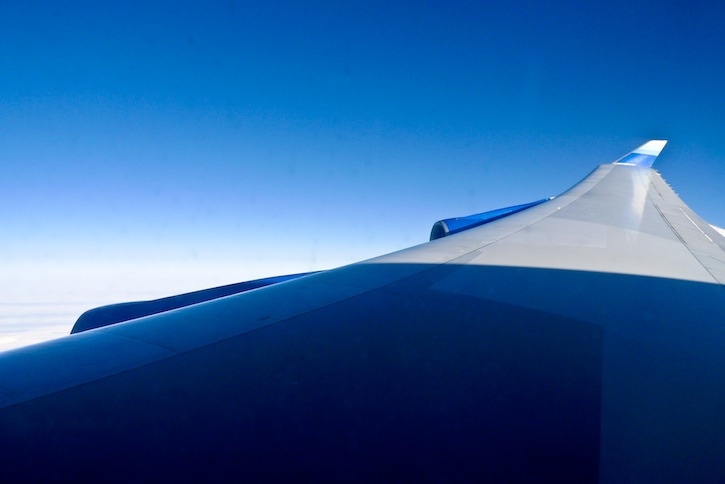
Sutter Twist Wing solution. See that the wing is lightly twisted (3º) at the end. Source: Håkan Dahlström Creative Commons licensed www.dahlstroms.com
THE FIRST FLIGHTS.
On september 30th, 1968 the 747 were finally rolled out. The plane were really at 78% finished, but the deserved this moment of glory. The 26 flight attendants, representing the first 26 airlines that bought the 747, broke the champagne bottle and started the final phase of the 747 development phase. The next photo represents the emotion of Bill Allen, the 23 years Boeing’s CEO that retired five months before the 747 rollout, in the exact moment when the hangar’s door opened and the 747 finally showed to the world.
The first flight took place on february the 9th, 1969, it was the “City of Everett” RA0001. You can see it in this video, please click on the image below. (You will be linked to Youtube).
The FAA certification took 10 months, december 30th of 1969 the 747 were finally certificated and the history began. January 21st of 1970 with a PanAM flight from New York to London.
After the 747-100, came the 747SR, the 747SP, the 747-300, 747-400, 747 cargo Dreamlifter, and now the 747-8, ironically it has more sales success in the freighter mode than the passenger one, as Boeing predicted with the first model. Almost 2000 units were delivered (remember the 50 units predicted) and about 900 are flying today.
This plane were used as a tanker, as fire extinguishing plane, as NASA’s Shuttle transport, as US Presidential plane, etc, etc. There is no plane like this. Happy 45th Birthday 747!
The following video tells the story very well and it is a very valuable documentary.
For more info:
Complete production 747 list: www.airfleets.net/listing/b747-1-statasc.htm
Boeing 747 web: www.boeing.com/boeing/commercial/747family/pf/pf_classics.page
Bibliography: 747. Creating the world’s first jumbo jet and other adventures from a life in aviation. Joe Sutter/Jay Spener. Smithsonian Books.

